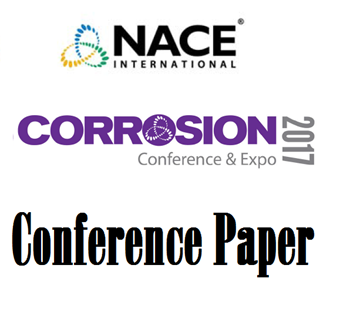Search
11052 Cathodic Protection Behavior of API X-52 and API X-65 Steels Buried in Natural Soil
Also Purchased
NACE SP0169-2013 (formerly RP0169), "Control of External Corrosion on Underground or Submerged Metallic Piping Systems"
Product Number:
21001-SG
Publication Date:
2013
$179.00
09546 NACE Criteria and Effective Control of External Corrosion on Pipelines
Product Number:
51300-09546-SG
ISBN:
09546 2009 CP
Publication Date:
2009
$20.00
Cathodic Protection Coupon Use for Buried Piping in Plant (i.e. Complex) Facilities
Product Number:
51317--8824-SG
ISBN:
8824 2017 CP
Publication Date:
2017
$20.00




